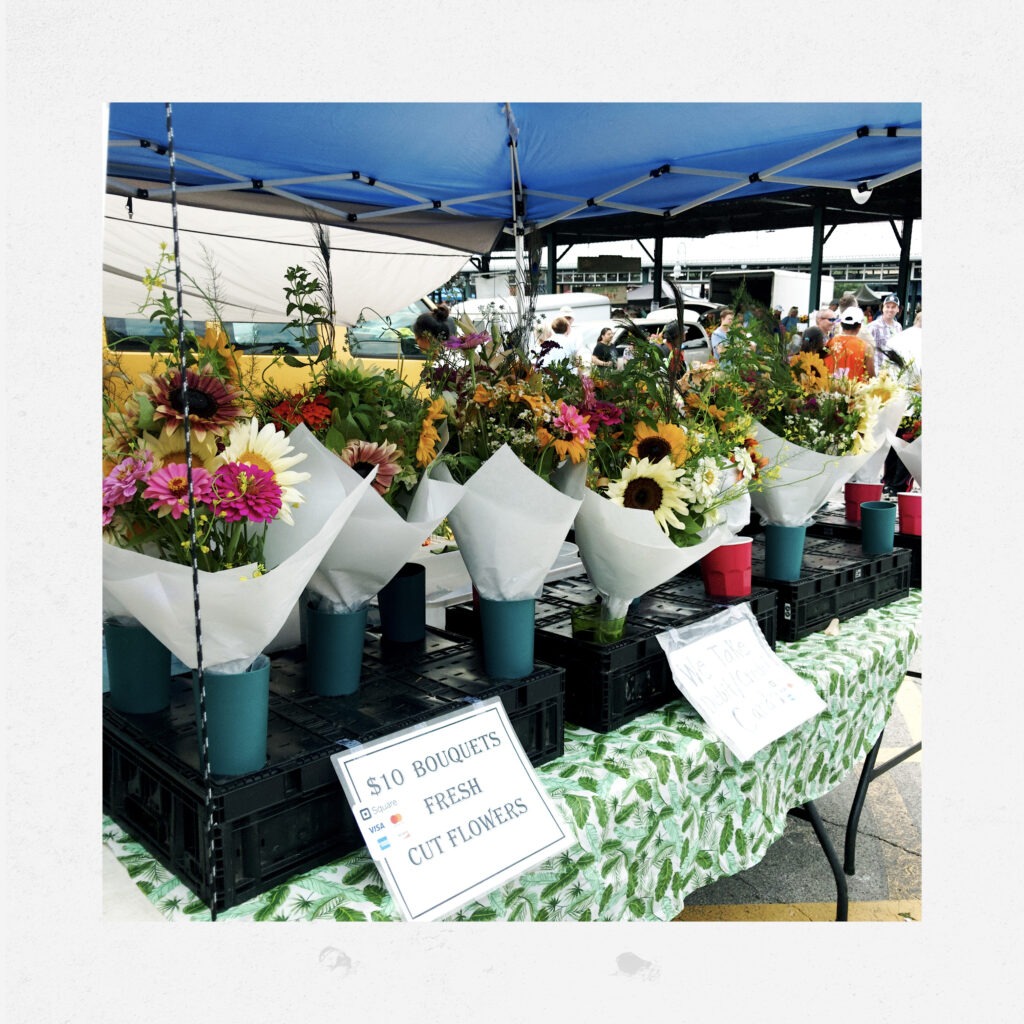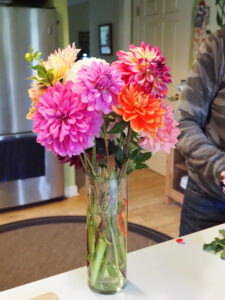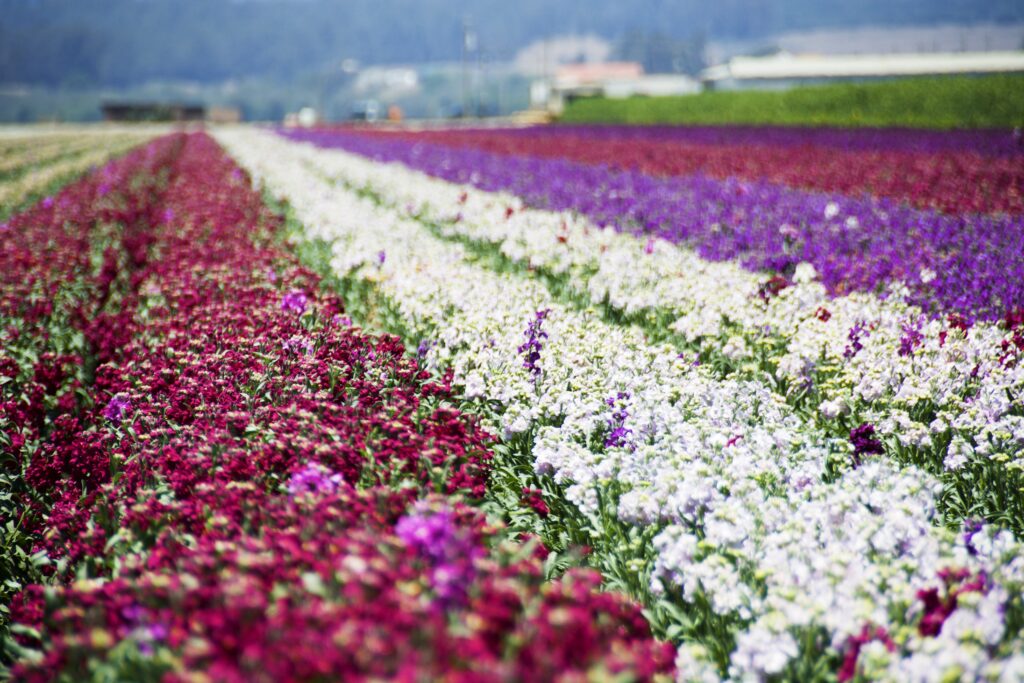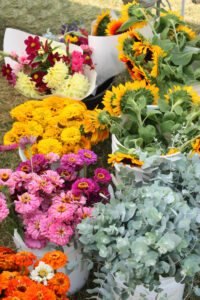Selecting & Caring for Cut Flowers
go.ncsu.edu/readext?865375
en Español / em Português
El inglés es el idioma de control de esta página. En la medida en que haya algún conflicto entre la traducción al inglés y la traducción, el inglés prevalece.
Al hacer clic en el enlace de traducción se activa un servicio de traducción gratuito para convertir la página al español. Al igual que con cualquier traducción por Internet, la conversión no es sensible al contexto y puede que no traduzca el texto en su significado original. NC State Extension no garantiza la exactitud del texto traducido. Por favor, tenga en cuenta que algunas aplicaciones y/o servicios pueden no funcionar como se espera cuando se traducen.
Português
Inglês é o idioma de controle desta página. Na medida que haja algum conflito entre o texto original em Inglês e a tradução, o Inglês prevalece.
Ao clicar no link de tradução, um serviço gratuito de tradução será ativado para converter a página para o Português. Como em qualquer tradução pela internet, a conversão não é sensivel ao contexto e pode não ocorrer a tradução para o significado orginal. O serviço de Extensão da Carolina do Norte (NC State Extension) não garante a exatidão do texto traduzido. Por favor, observe que algumas funções ou serviços podem não funcionar como esperado após a tradução.
English
English is the controlling language of this page. To the extent there is any conflict between the English text and the translation, English controls.
Clicking on the translation link activates a free translation service to convert the page to Spanish. As with any Internet translation, the conversion is not context-sensitive and may not translate the text to its original meaning. NC State Extension does not guarantee the accuracy of the translated text. Please note that some applications and/or services may not function as expected when translated.
Collapse ▲
Laura Giltrist CC BY 2.0
Healthy flowers can last 10–14 days. Use the tips below to maximize how long a bouquet lasts.
Tips for selecting cut flowers in the store
- Staff: Knowledgeable, engaging
- Flower Age: Select flowers that are newly arrived.
- Coolers: Clean and tidy
- Water: Clean, fresh-smelling water. If there are bacteria growing in the water, it may clog the flower stem preventing water uptake.
-
Stems: Clean, not slimy, firm, not scared or broken, no evidence of rough handling
-
Flowers: Fresh with no fuzzy gray mold. Upright, not drooping or damaged petals. Extend the vase life by selecting flowers that are just beginning to open. For roses and other single flowers, select blooms that have only one petal unfurled. For gladiolus and other spike flowers, choose stems with only the first two or three flowers open. For daisy-type flowers, like sunflowers, select flowers with centers that are still greenish.
-
Leaves are not yellow, spotted, or drooping.

F. D. Richards CC BY-SA 2.0
Tips for making cut flowers last longer
Bringing Home
-
To prevent damaging the stem and reducing the stem’s ability to take up water, select a sharp knife or shears, and wipe with alcohol
-
Make fresh cuts on all stems at a 45-degree angle at least ½” from the end of the stem. The 45-degree angle results in most of the base of the stem being off the bottom of the vase.
-
Remove leaves that will be below the waterline to prevent them from rotting and spoiling the water.
-
Place in fresh, luke-warm water and condition flowers by placing in a cool, dark space for 1 – 2 hours before arranging.
-
Floral preservative (plant food and bacteria inhibitor to extend bloom)
-
The following items can be added to the vase water to extend the bloom, but none are as effective as a commercial floral preservative.
-
Half water and half carbonated lemon-lime drink which contains sugar for plant food and some acid to lower the pH and kill bacteria and fungicide
-
A teaspoon and a half of sugar per quart of water for plant food
-
A few drops of bleach (1 tsp/gallon of water) kills bacteria and fungi, however, too much can kill plant cells.
-
-
Originally pennies contained copper which is a fungicide that prevents disease, however, pennies are now made of mostly zinc so are no longer effective.
-
Placement
-
Out of the sun and wind
-
Cool
-
Away from drafts including doors and heating/cooling vents
-
High relative humidity
Care
-
Top off the water level as needed.
-
Wash the container (or move to a different one) and change the water every 2-3 days. Recut the stems to remove damaged tissue that may no longer be transporting water to the flower.
-
When nearing the end of their vase life, consider cutting ½” from the flower and floating it in a decorative bowl of water.
-
Reviving failing flowers

Harold Litwiler, CC BY 2.0
Frequently Asked Questions about Cut Flowers
Where are cut flowers grown?
Eighty percent of the cut flowers purchased in the U.S. are imported from the Netherlands, Colombia, Ecuador, Kenya and other countries.
Where can I find locally grown flowers?
Buying locally supports the local economy, widens the pallet of options to include those flowers that do not transport well (for example dahlias, ranunculuses, zinnias), and reduces the carbon footprint of the flowers since they do not have to be packaged, stored and shipped. Find growers near you at localflowers.org/find-flowers and at your local farmers market.
Why does trimming the ends keep flowers alive longer?
It removes clogged tissue that no longer transports water to the flower
Does putting a penny in the vase prolong the life of cut flowers?
No, pennies are made mostly of zinc now, it use to work back when pennies were made of copper because copper is a fungicide.

Alabama Extension CC0
Resources:
-
Harvesting and Handling Cut Flowers, University of Massachusetts Amherst
- How to buy cut flowers locally, NC State
- Mythbusters, How to Keep Flowers Fresh Longer, FTD
-
Sustainability, Stanford


